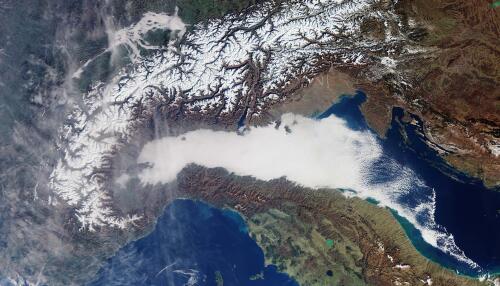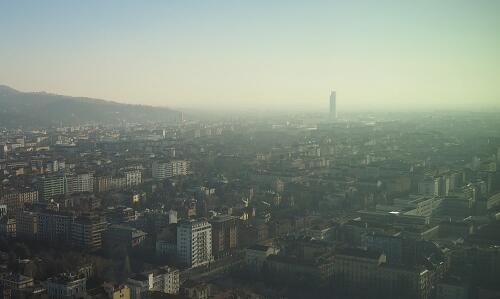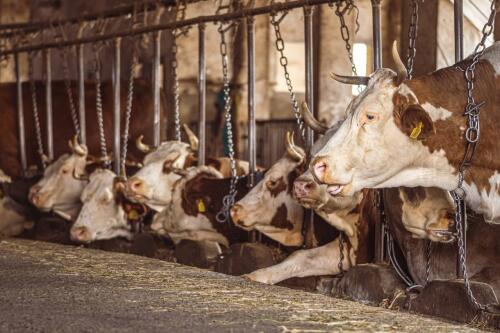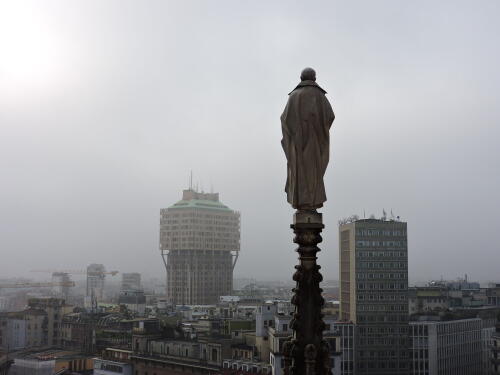qualità dell'aria
The weekly round-up on the climate crisis and data on carbon dioxide levels in the atmosphere. It took a red spot on the European Space Agency (ESA) cartography and a podium placement in a ranking of little relevance, as if it were an Olympics competition, to make the poor air quality of the Po Valley news.Which isn't so much news, it's everyday life in certain periods of the year and should be newsworthy due to its periodicity.But it is enough to make people talk about a systemic issue once again in terms of emergency and inevitability and trigger the angry reaction of mayors and the usual brawl of comments which in the end only generate noise and confusion, shifting attention from the real crux of the matter :namely that air pollution is “an important public health issue that seriously threatens the well-being of people and our environment”, as stated just last October by Maria Neira, Director of the Environment, Climate Change and Health Department of the W...
Italian cities are among the most polluted in Europe.The new indicator of air quality in European cities, published in recent days by the European Environment Agency (EEA), which examined the average levels of fine particulate matter ( PM2.5) in 372 urban centers with over 50 thousand inhabitants of the European continent.What emerges is that only 5 Italian cities - namely Sassari (6.2 μg/m3), Livorno (7.8 μg/m3), Savona (9.2 μg/m3), Battipaglia (9.6 μg/m3) , Syracuse (9.7 μg/m3) - present a "fair" air quality, while for 29 centers it is "moderate" and, for another 27, "poor".The Italian city that turned out to be the most polluted is that of Cremona, with 23.3 μg/m3, followed by Vicenza (23 μg/m3) and Padua (22.7 μg/m3). Specifically, the research – carried out thanks to the collection of data from 500 monitoring stations within the EEA member countries in the months of 2022 and 2023 - highlighted how onl...
New research has shed light on the role played by intensive farming in determining the terrible air quality in Lombardy.The study, published on Environmental Impact Assessment, specifies that cattle and pig breeding could increase even further 25% local air pollution.According to the results of the analysis, in particular, an increase of 1000 livestock units, corresponding respectively to 1% and 0.3% of the average population of cattle and pigs in a given area unit, causes a corresponding daily increase in concentrations of ammonia and PM10 fine particles.The increase resulted more marked in the case of cattle breeding, that is, +0.26 micrograms per cubic meter (μg/m3) for ammonia and +0.29 μg/m3 for PM10, compared to +0.01 and +0.04 μg/m3 recorded for pigs .A particularly important fact, especially if looked at in the current context of policies to combat polluting emissions.For example, it is even more paradoxical that the European Union, under pressure from Italy and...
On Sunday 18 February the Swiss company IQAir published a report on air quality in various cities around the world, drawing up a classification of those in which it is most polluted, in which Milan appeared third behind only Chengdu in China and Lahore in Pakistan.The list caused quite a stir, quickly becoming one of the most debated topics of the moment;Mayor Beppe Sala, questioned by journalists, provided one answer annoyed and hasty on the issue, rhetorically asking her interviewers who conducted this type of analysis, to underline the unreliability of the data coming from private entities and invite you to trust official data.Indeed, it seems difficult to imagine that Milan could place itself on the podium of the cities with the worst air quality in the world, above very large centres like New Delhi;However, this does not mean that the ranking provided by IQAir provides an interesting point of view which is worth reflecting on, which places us before the evident problem of air poll...



